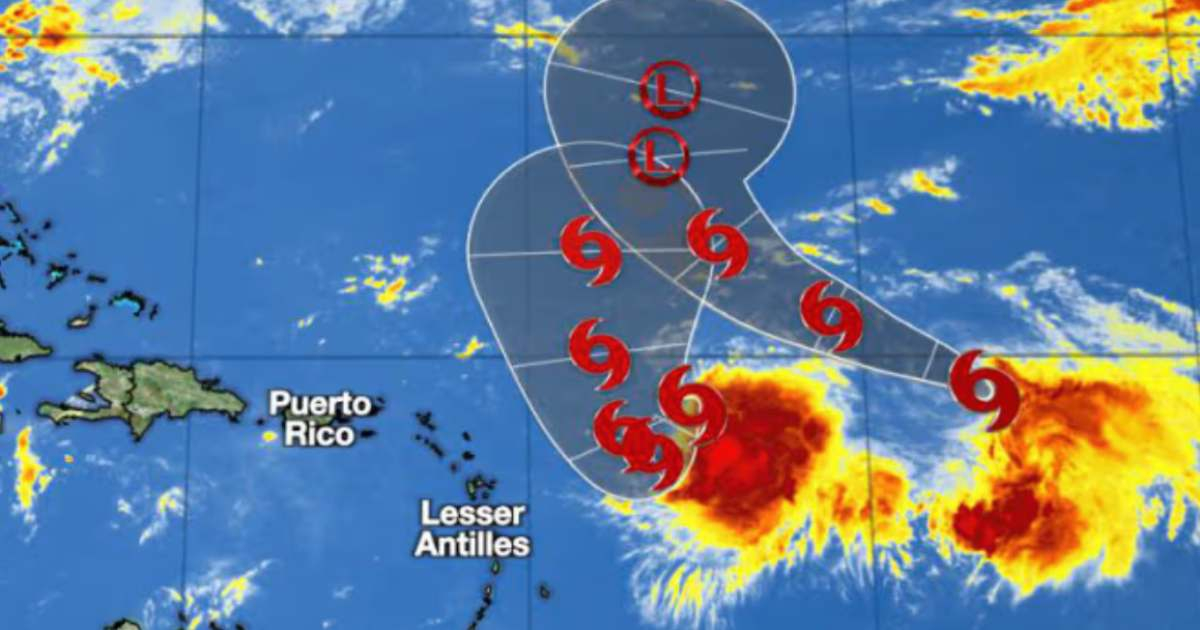
Meteorologists at the National Hurricane Center recognized that a strange effect called Fujiwara has made it difficult to track Tropical Storm Philippe in the central Atlantic.
They say they have faced a challenging week trying to predict the storm's path, and have offered changing forecasts with forecasts varying by more than 600 miles, something that has left experts perplexed.
In just five days, the forecast for Philippe has changed by more than 600 miles, going from a post-tropical system over Puerto Rico to a storm that strengthens as it moves north in the central Atlantic, they explained to the outlet. Local 10.
They claim that experts have actually had to face what could be considered one of the biggest nightmares for a hurricane forecaster: the Fujiwhara effect.
Named after the Japanese meteorologist Sakuhei Fujiwhara, who first described it in 1921, this occurs when the circulations of multiple low-pressure systems, in this case two tropical storms, they get close enough to start turn counterclockwise (in the northern hemisphere), orbiting one another.
At times, these two low pressure systems can even merge into a single storm system. However, in most cases, one of the low pressure systems prevails, disrupting the circulation of the weaker storm, they detailed.
The Fujiwhara effect, also known as a binary interaction by meteorologists, is most common in large storm systems in the western North Pacific, but occasionally occurs in the Atlantic as well.
Research has shown that this interaction between tropical cyclones can occur when they are within approximately 1,500 km (900-950 miles) of each other. In the Atlantic, this happens only about 5% of the time, making it a relatively rare phenomenon in this region.
In Philippe's case, his center is less than 600 miles from the newly formed tropical storm Rina, located to the east. This strange meteorological effect has further complicated the prediction of Philippe's path, keeping meteorologists on alert as they try to understand and anticipate how this interaction will influence the development of both storms.
What do you think?
COMMENTFiled in: